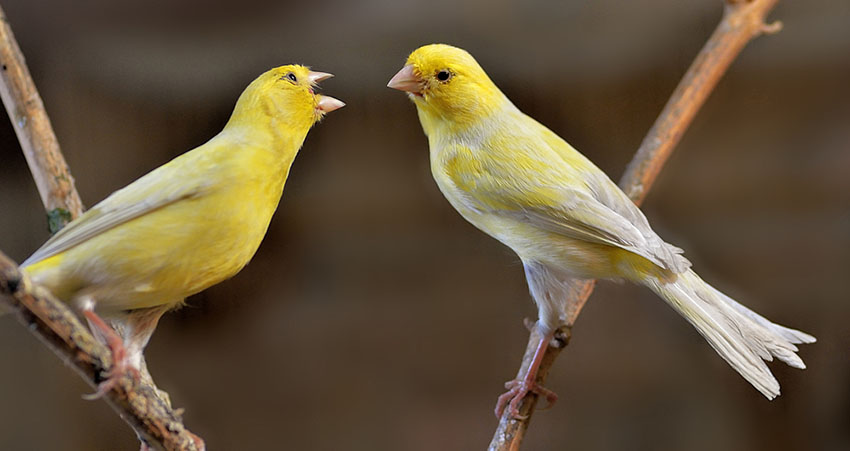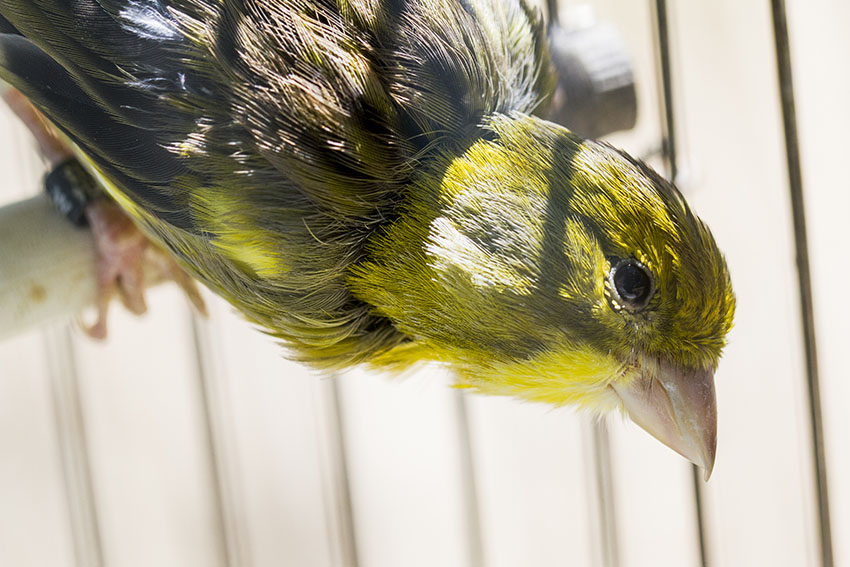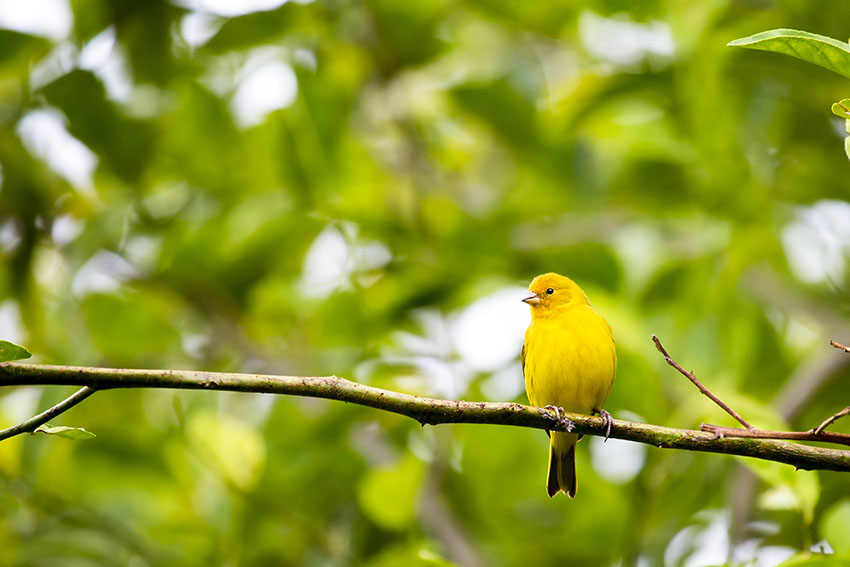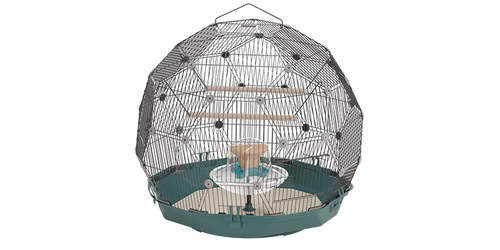As with most good stories, the one about the origin of Canary-keeping is most likely not true. The tale says that Jean de Bethancourt, a Frenchmen married to a Canary Island native, completely fell in love with the music of the Canaries as he worked on his farm and in his fishing boat. His love for the song was so great that he decided to catch and cage the birds, keeping them as pets. He soon realized he could make some income by selling these little birds to the Spanish sailors, who would then ship them back to Spain to an eager public.

The Canary has been keeping us company for a long, long time
Even if this story of Jean isn’t fully true, it still retains a bit of the truth. Spanish sailors first brought Canaries to Spain back in the 15th century. They soon proved to be very popular amongst the general public. When Spain conquered and claimed the Canary island in 1500, the trade boomed. The popularity of these birds was so big that by the 16th century they were already being bred on the Spanish mainland and the birds were being traded with Italy and Switzerland, with monasteries holding a monopoly on the canary business. As money-minded as any modern-day entrepreneur, the monks would only sell male birds. This was because male birds were the best singers, which is what the public wanted, but it also meant that there was no Canary breeding going on outside of monastery walls.
The pet canaries of this time sported the standard green-and-yellow plumage of the wild birds (green and brown in females). The modern, more colorful versions of the canary were a phenomenon of later centuries.
It was the Italians who managed to break the Canary monopoly, managing to get their hands on female birds and beginning the selective breeding that started the trend towards the wide range of Canary color varieties available today. The birds spread outwards from Italy (rather than Spain) on trading routes all across Europe.
Harz Canaries
Although being originally limited to the royal and aristocratic households of Europe, by the 19th century they were a common sight in many households all across the social strata. The most famous breeding area of the time was the Harz mountains of Germany, with Canary peddlers from this region selling birds all across the world. The specialty of this region was the Harz Rollers, also known as the Harz mountain Roller. This particular bird was renowned for its particularly wonderful singing. Up until this day it is still the most popular Canary in the world.
These birds, along with flocks from the Black Forest, Bavaria, Zwaben and Liege-Belgium, were in great demand, even amongst the most cash-strapped working class people. People like this would often save up for an entire year just to be able to buy one of these little birds. In 19th century Holland, a single Canary would cost more than a man earned in a week. Pure yellow birds sported the highest price-tag, well beyond the reach of the standard peasants pocket. One of the earliest and most notable enthusiasts for canaries was Queen Elizabeth I of England (reigned from 1570-1605), who had an entire team of royal Canary keepers to assist her in the hobby.

Harz Canaries - top bird for more than 200 years
These canaries lived on the road, traveling from market to market all across Europe. They would be kept in small cages strapped to a frame on the back of an itinerant peddler. The massed song of the approaching birds was one of the most famous and welcomed sounds of the fairs and markets of Europe. These Canary peddlers would often stay a few nights in each town, putting up advertisements for their birds and waiting for the customers to come to them.
Today there are tens of millions of pet Canaries kept in households all across the world. Their popularity boils down to a combination of three main assets - their ability to breed easily even in unpromising environments, a diverse gene pool which allows many shapes and colors to be bred, and probably their most well known asset, their beautiful singing. Their songs would be, and still are, a common sound of many households.
The Elba Canaries
The tale of Frenchman Jean de Bethancourt (see The History of Canary Keeping, above) is not the only folklore attracted to these little birds. It is said that the Italian island of Elba used to have a thriving population of wild Canaries. It is said that they all arrived from a Spanish ship that had shipwrecked off the Italian coast on its way to the port of Livorno, Tuscany. The sailors took pity on their cargo of birds and decided to release them. Form Elba, some of these birds did the 20km flight to the Italian mainland, and were the origin of those ever-so-important female Italian Canaries who enabled the first non-monastic breeding program to kick off.

Where did Elba's wild Canaries come from?
Despite this being a nice story, it most likely is the result of some poor birdwatching. Elba is in fact home to the very closely related Serin, which could have easily been mistaken for a Canary. Regardless of this, prior to the arrival of the prisoner Napoleon Bonaparte in 1814, the semi-mythical Canaries were the most famous inhabitants of the island.
Canaries in Coal Mines
Starting sometime in the mid-19th century, Canaries were famously “employed” in coal mines as a way of testing the air quality. The cages would be placed on the ground where the miners were working, if the oxygen level was running low the bird would feel the effects much sooner than the miners and become agitated. If the levels of carbon monoxide were too low, the bird would alert the miners by simply dropping dead.
It’s often said that the famous Harz mountain Canaries were the first to go down the mines, but this in fact isn't the case. Miners would always take less valuable birds down with them, often ones caught in the wild.
In the USA, the use of Canaries and other birds in mines was finally phased out in the 1980s after the widespread take-up of that far less beautiful substitute, the carbon monoxide detector.



Comments
There are no comments just yet